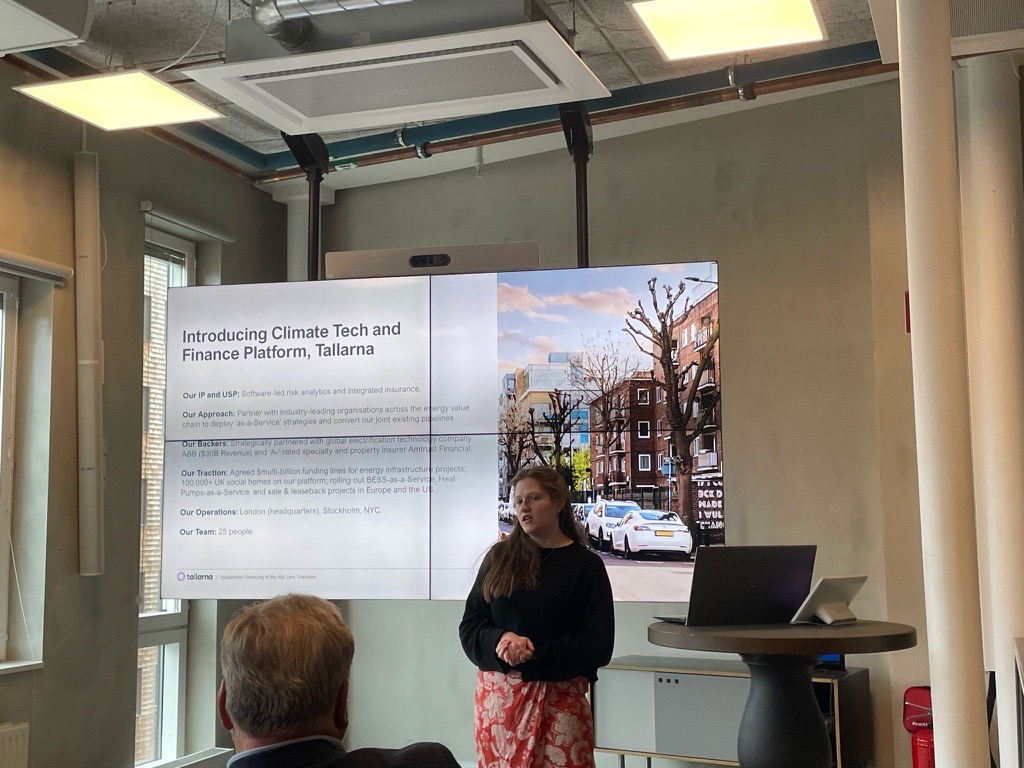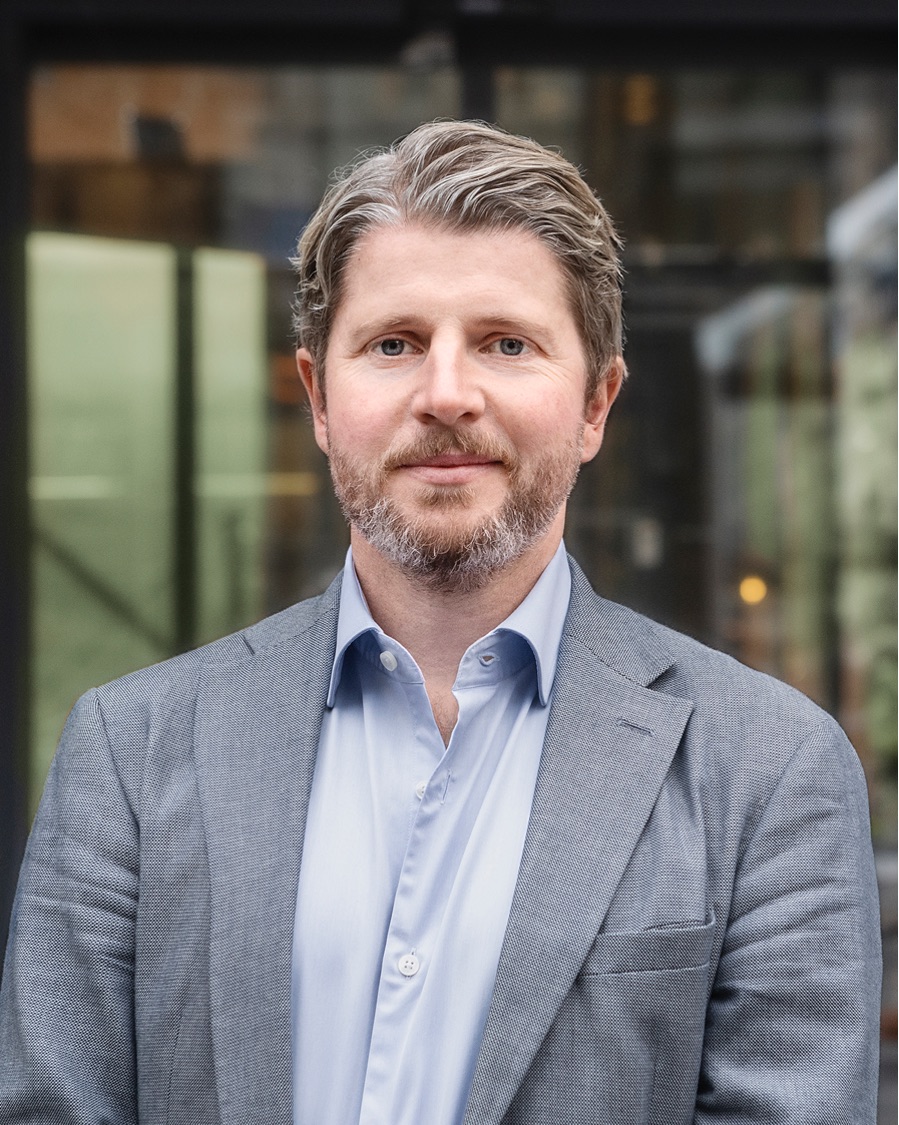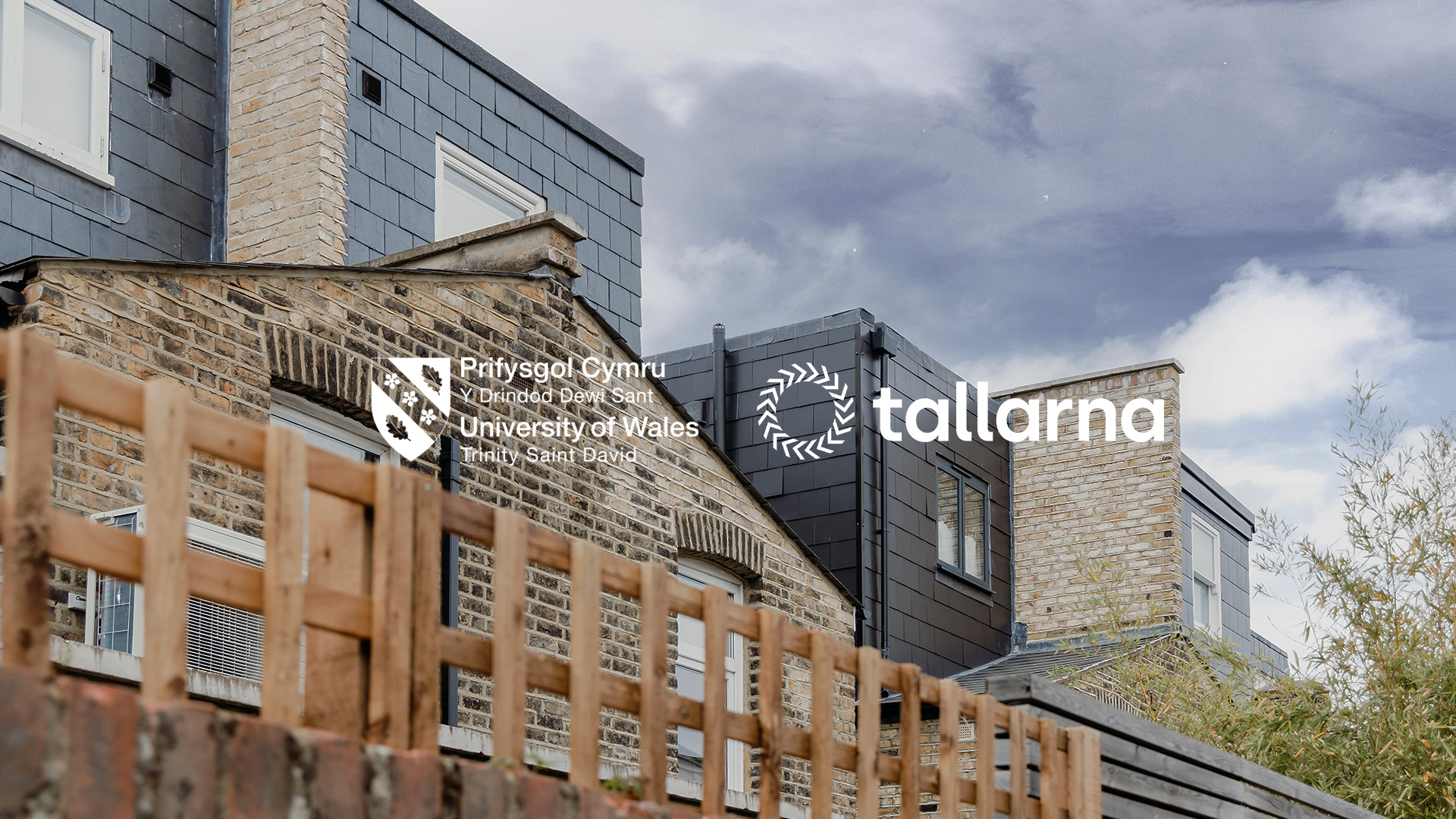
Collaboration Drives Decarbonisation: A View from Tallarna’s Photography Intern
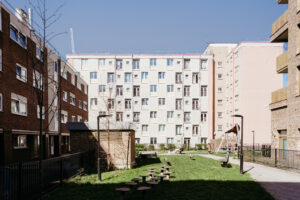
Decarbonising the built environment is a collective challenge, one which requires the seamless coordination of a variety of stakeholders. Often overlooked are those who document the retrofit journey. But showcasing the everyday positive impact of projects in a relatable manner is vital to increasing participation in net zero efforts. It not only demonstrates that sustainable buildings are feasible but that they are already happening at a large scale.
Over the past few months, Tallarna has had the pleasure of working with a fantastic photography intern from the University of Wales Trinity Saint David, Josh Rees! During his 9-week internship, Josh explored how to visually represent building decarbonisation in its many forms – from social housing retrofits to commercial new builds and everything in between.
Read Josh’s view on his internship below and enjoy a selection of his photographs!
How would you describe your internship to your friends?
My internship has been unlike any other experience I’ve had. When working as a freelance photographer for weddings, I was often on my own and had to decide what worked and what didn’t. But at Tallarna, I got lots of constructive feedback on my photos. As part of this, I had daily catchups with my line manager Michelle, Tallarna’s Senior Strategic Sustainability Lead, which was incredibly helpful for my professional development as she gave me lots of tips and pointers. Such an open channel of communication empowered a more productive way of shooting and also meant that if I was straying off track it was picked up quickly. When needed, she and I would collaborate with my professors at the UWTSD to support some of the more nuanced photography techniques I was exploring!
What have you taken away from working at Tallarna?
I’ve taken away two key things: the importance of planning and the value of being part of a team.
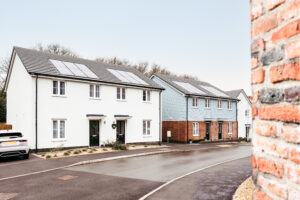
In the case of the former, having a clear end goal helped me to focus my efforts. Knowing that by the end of my internship, I had to produce a unified bank of photographs that showcased different building types and forms of sustainability made me plan my time more effectively – balancing research, shooting, and editing to ensure everything got done.
In terms of teamwork, I loved participating in meetings with the commercial team. It brought home how everyone is working towards the same end goal of accelerating net zero in the built environment, albeit in different ways as plays to their different strengths. This inspired me as I felt that I was part of something bigger than myself.
How has this internship supported your work as a freelance photographer?
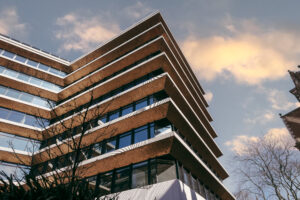
I hadn’t really done any architectural photography before, so this internship opened up a new field of work for me. It’s taught me the importance of locational research both from a regulatory and historical perspective.
Firstly, different places have different rules about who can take commercial photos and where drones can be used. If you want to take commercial photographs in the City of London, for example, you need a to apply for a licence, which isn’t something I had had to consider before! Secondly, each building has a different history – from famous events that have happened in them to certain people being associated with them. Sometimes, those narratives went against the environmental and social progress Tallarna is driving, so I took that into account during my research.
How has working at Tallarna affected your perception of building decarbonisation?
It’s made me consider the different roles different organisations play in decarbonising the built environment. No-one has all the answers. But, if several organisations come together and do the bits of the puzzle they are good at, large-scale decarbonisation can and does happen.
What made you apply for this internship? And did that driver change?
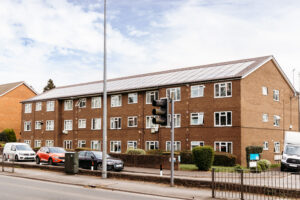
From the start, I resonated with Tallarna’s goal of driving a sustainable future for all. My appreciation of this grew as I worked with different parts of the business and was exposed to new ideas about what sustainability means. For example, in the social housing sector, Tallarna’s software-led risk analytics and insurance drives financial sustainability by empowering guaranteed energy bill savings for residents and attractive finance terms for landlords. At the same time, the company’s commitment to working with local partners and scaling local supply chains is a form of social sustainability. And of course, all their projects support decarbonisation in some way – a form of environmental sustainability.
What advice would you give to something thinking about doing an internship?
I would say do it! No one feels ready or experienced enough. But with the right support, you can thrive. One thing that’s helped me is realising that no matter what stage someone is at in their career, they are constantly learning. You just have to appreciate this fact and see it as a strength rather than a weakness.
In terms of how to find an internship, start with your professors! That’s how I found this one and I know Tallarna are doing a few other internships with the UWTSD.
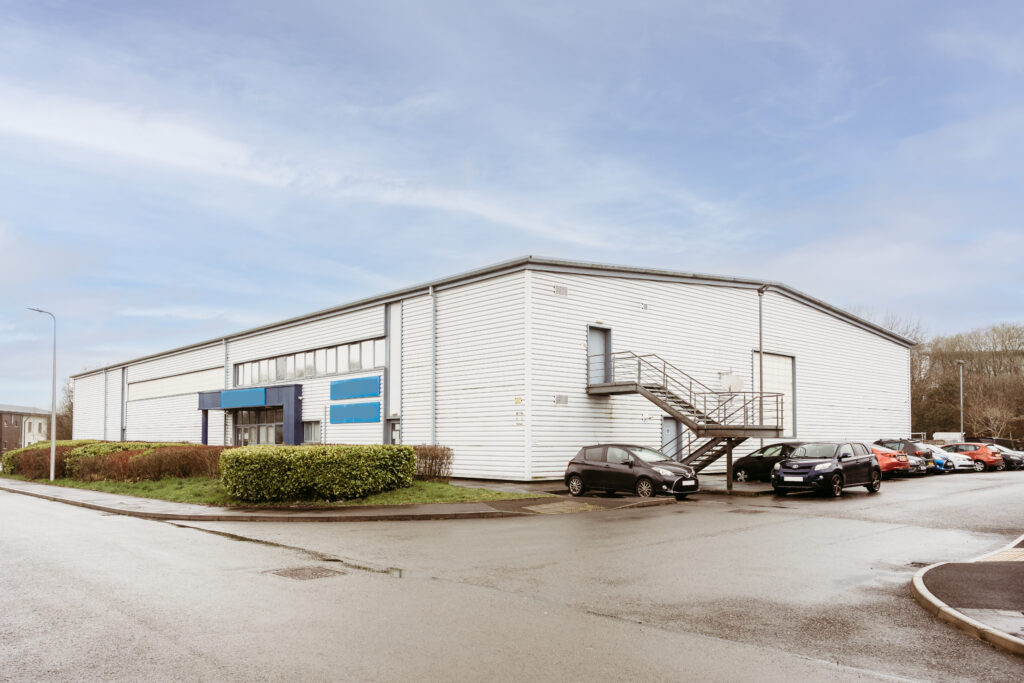
Is there anything that you think needs to change in the photography industry ?
From what I’ve seen, there’s a big perception that to take incredible photos you need the best and latest equipment, which is often expensive and as a result, exclusionary. This limits the range of perspectives the sector engages with. While that is changing – for example, an exhibit I went to recently showcased photos taken using a phone camera – it needs to move faster. Good photography is far more about being creative than what equipment you have.
What do you hope your photos communicate?
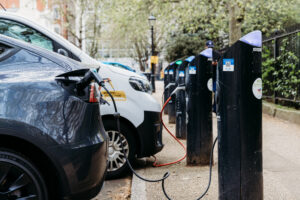
Ultimately, the bank of photos I created for Tallarna communicate a message of hope. And what that message looks like and means is slightly different for each stakeholder and sector Tallarna supports. But the overarching thread is that a prosperous future for people and the planet is not only achievable but is already happening.
For more information on anything raised in this blog or for joining Tallarna as an intern, please email press@tallarna.com.


